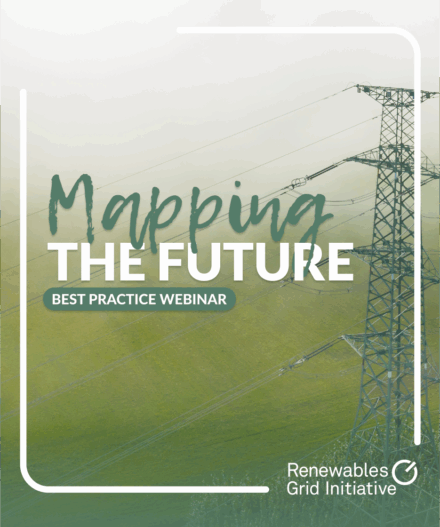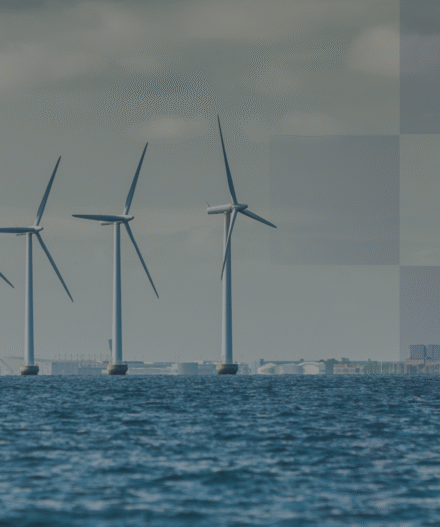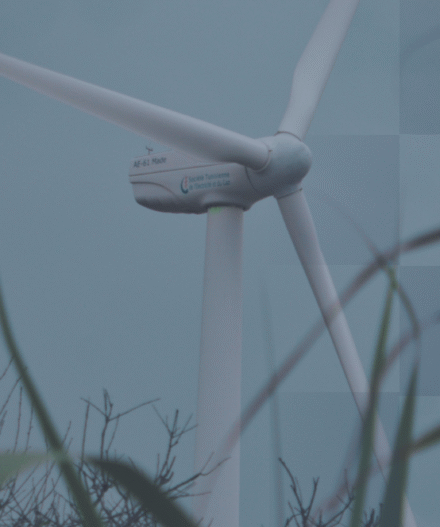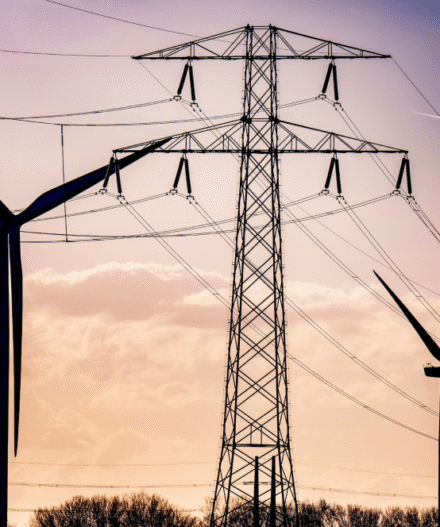Organised by RGI
The impact of overhead power lines is a key trigger for public opposition against grid extension projects. Often, local pressure groups demand that a new line be put underground. Expectations for undergrounding are high, while actual experience is comparatively low.
Understanding Underground Cables
In Europe, the first projects include some kilometres of the highest voltage underground cables, but the integration of innovative cable solutions into an ageing power grid remains a challenge. As a consequence, a lot of questions remain highly debated:
Technology: How many kilometres of underground are technologically feasible while securing system stability? When, where, how?
Environment: What are the impacts on the environment during the construction and the operation of underground electricity grids?
Costs: How high are additional costs of underground solutions compared to overhead lines? And what are potential savings?
Regulation: What criteria could be used to decide between underground and overhead solutions during planning and permitting procedures?
Policy: And why do different countries take very different political approaches to regulate if and how many cables shall be built?
During a 1.5-day workshop, we discussed these questions, shared recent experiences, identified knowledge gaps and gathered as many answers as possible.
On the first day, we received valuable input about state-of-the-art technology, environmental impacts, costs and financial aspects and various political approaches in Europe. At the end of Day 1, we had identified the most relevant open questions, which we further explored on Day 2 in two working groups: Policy, Regulation & Costs, and Technology & Environment. Finally, the results of both working groups were discussed, refined and consolidated in a panel discussion and open feedback session.
Presentations
contact
Stephanie Bätjer
stephanie[at]renewables-grid.euDirector – Communication












